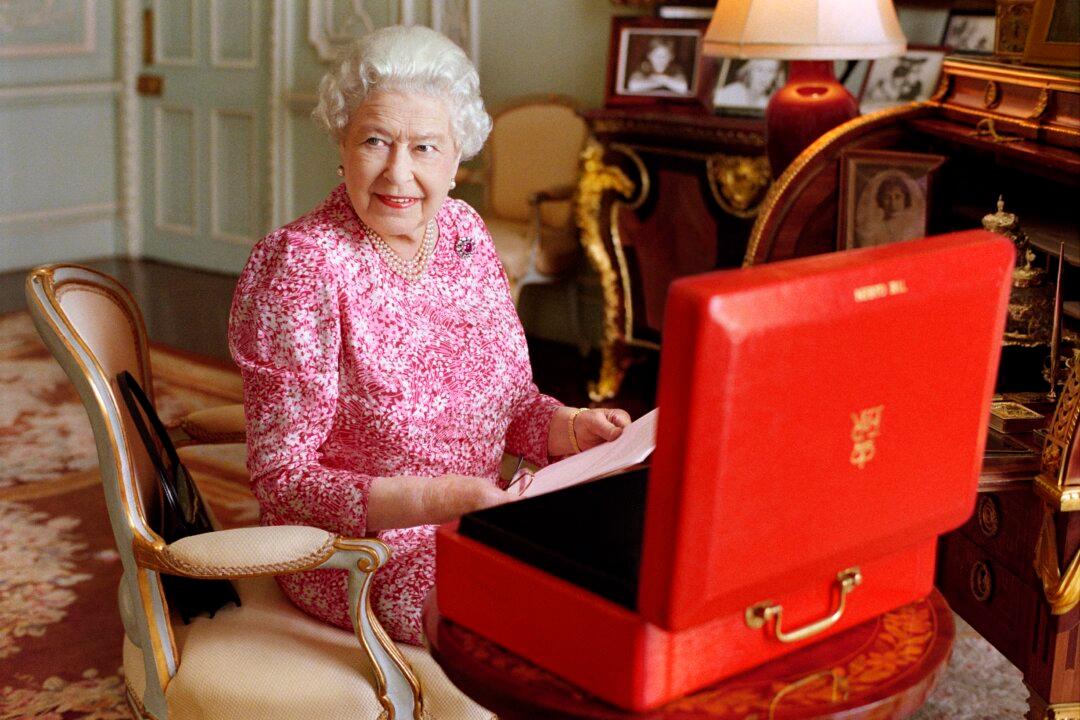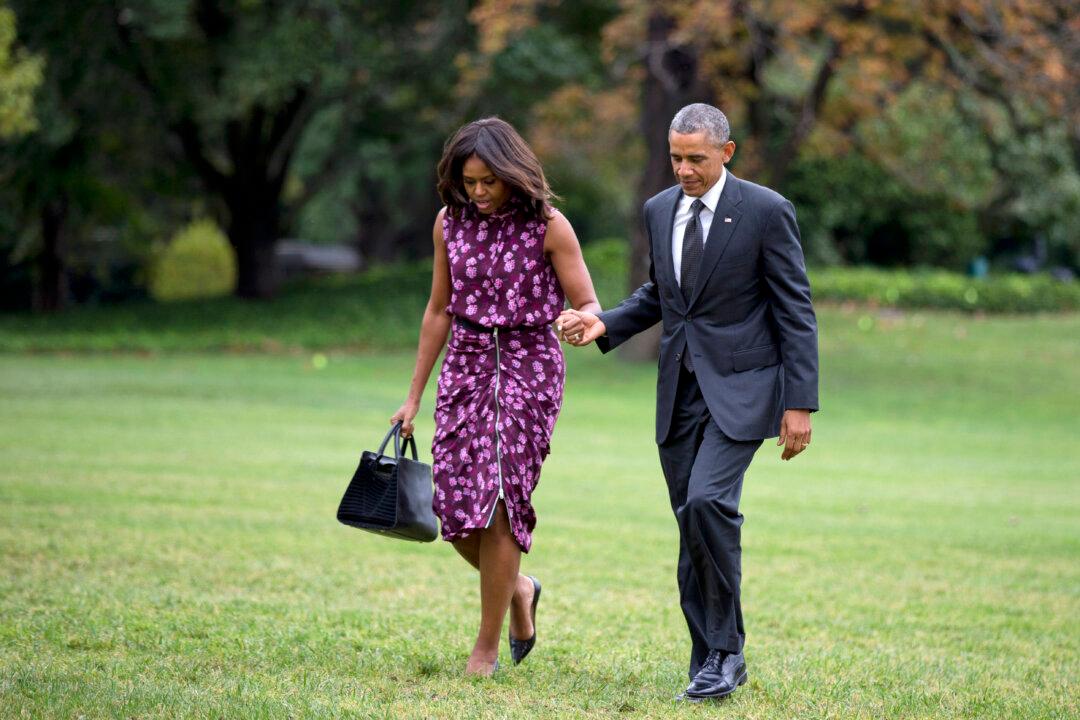Queen Elizabeth II has now reigned Britain and the Commonwealth for 63 years and 217 days. She will not get a gold clock, but she will be the longest reigning monarch in British history after taking the title from Victoria at 17.30 BST on Wednesday. In an age when most people can’t be certain if they will have a job next year, and only an ingénue counts on a job for life, the Queen has been on the throne since she was 25.
What a strange job it has been. The separation of powers between the monarch and the state mean that Queen’s power is strictly symbolic. As the ultimate representative of “Team UK”, she is the embodiment of Britain. But the Britain she represents has changed out of all recognition from the Britain of 1952, when she rose to the throne.



